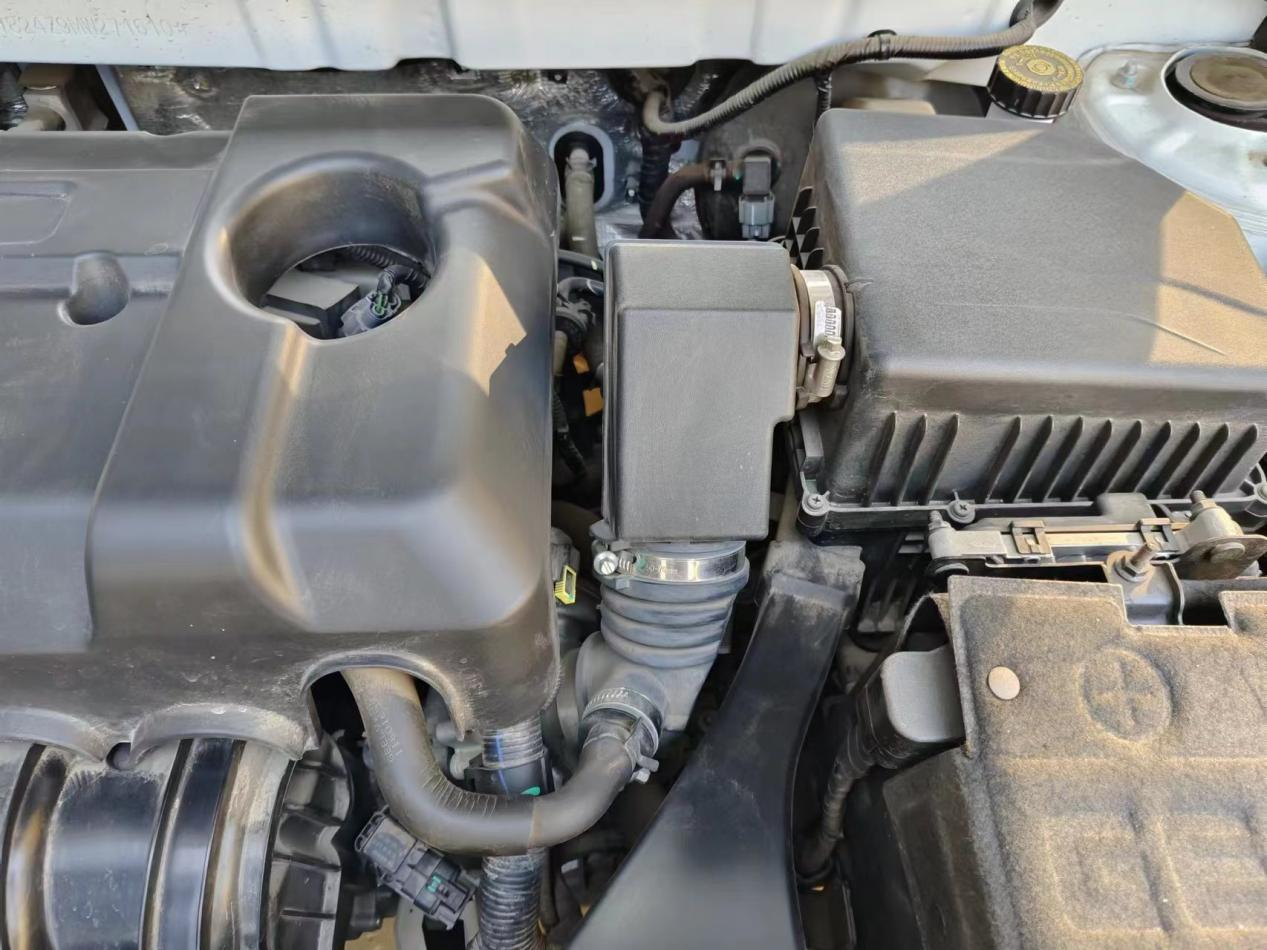- Phone:+86-17331948172 +86-0319-8862898
- E-mail: inquiry@puxingclamp.com
Dec . 05, 2024 11:20 Back to list
Exploring Steel Strip Rolling Processes and Their Industrial Applications
The Evolution and Importance of Steel Strip Rolling
Steel strip rolling is a fundamental process in the steel manufacturing industry, playing a crucial role in the production of various steel products used across multiple sectors. The process transforms large steel slabs or sheets into thinner strips, increasing their utility in applications ranging from construction to automotive manufacturing. This article delves into the techniques involved in steel strip rolling, its significance, and the innovations shaping its future.
The Process of Steel Strip Rolling
Steel strip rolling begins with heating large steel slabs to a temperature that enhances their malleability. This is typically conducted in a heating furnace, where the slabs are prepped to withstand the immense pressure applied during rolling. Once heated, the slabs are fed into rolling mills, where they undergo a series of passes through rollers.
The rolling can be either hot or cold. Hot rolling is performed at high temperatures, allowing the steel to be easily shaped and formed. This method generally results in a thicker strip, which is then cooled and processed. Cold rolling, on the other hand, occurs at room temperature and is utilized for producing thinner gauges with superior surface finishes and tighter tolerances. Cold-rolled strips exhibit enhanced mechanical properties, making them ideal for applications requiring high strength and durability.
Quality Control and Applications
Quality control is vital in steel strip rolling to ensure that the end product meets industry standards
. Techniques such as ultrasonic testing, eddy current testing, and visual inspections are employed to detect flaws or imperfections within the strips. The final quality of the steel strip impacts its performance in various applications, including its resistance to corrosion, strength, and flexibility.steel strip roll

Steel strips serve a multitude of purposes. They are extensively used in the automotive industry for manufacturing components such as chassis, frames, and body panels. The construction industry also relies on steel strips for reinforcing concrete structures, manufacturing roofing materials, and creating metal facades. Additionally, steel strips are essential in the production of household appliances, furniture, and packaging materials, demonstrating their versatility across numerous fields.
Innovations in Steel Strip Rolling
The steel strip rolling industry has undergone significant transformations over the years, integrating advanced technologies that enhance efficiency and output. For instance, the incorporation of automation and robotics in rolling mills has streamlined operations, reducing labor costs and increasing production rates. These automated systems minimize human error and facilitate continuous monitoring, ensuring that the quality of the steel strips remains consistent.
Moreover, advancements in metallurgical research have led to the development of high-strength steel alloys, which can be processed more easily while providing enhanced mechanical properties. These innovations are crucial as industries demand lighter yet stronger materials to meet evolving performance standards and regulatory requirements.
Environmental considerations are also shaping the future of steel strip rolling. The industry is increasingly adopting sustainable practices, such as the recycling of scrap metal and the utilization of renewable energy sources to power rolling mills. These measures not only help reduce the carbon footprint of steel production but also contribute to the global sustainability agenda.
Conclusion
Steel strip rolling is more than just a manufacturing process; it is a cornerstone of modern industry, influencing a vast array of applications and innovations. As technology advances, the efficiency, quality, and sustainability of steel strip production will continue to improve, allowing industries to meet the ever-growing demand for high-performance materials. The future of steel strip rolling promises to be as dynamic and significant as its storied past, underlining the material's irreplaceable role in shaping the infrastructure and products of our world. Embracing these changes will ensure that the steel industry remains resilient and competitive in a rapidly evolving global landscape.
-
High-Quality Hose Clamps Mini Clamp – Reliable Factory & Leading Suppliers
NewsJul.05,2025
-
High-Quality Steel Plate Midsole Leading Steel Plate Midsole Factories & Suppliers
NewsJul.05,2025
-
Adjustable Pipe Tube Clip – High-Quality, Durable & Versatile Clamps for Industrial Use
NewsJul.05,2025
-
German Style Hose Clamp Manufacturer Quick Lock Worm Gear Hose Clamp Supplier
NewsJul.04,2025
-
Steel Midsole with Stainless Steel – Durable, Lightweight Safety Solutions from Top Factories and Suppliers
NewsJun.24,2025
-
High-Quality Stainless Steel Midsoles in EN Standard – Reliable Factories & Suppliers
NewsJun.10,2025




